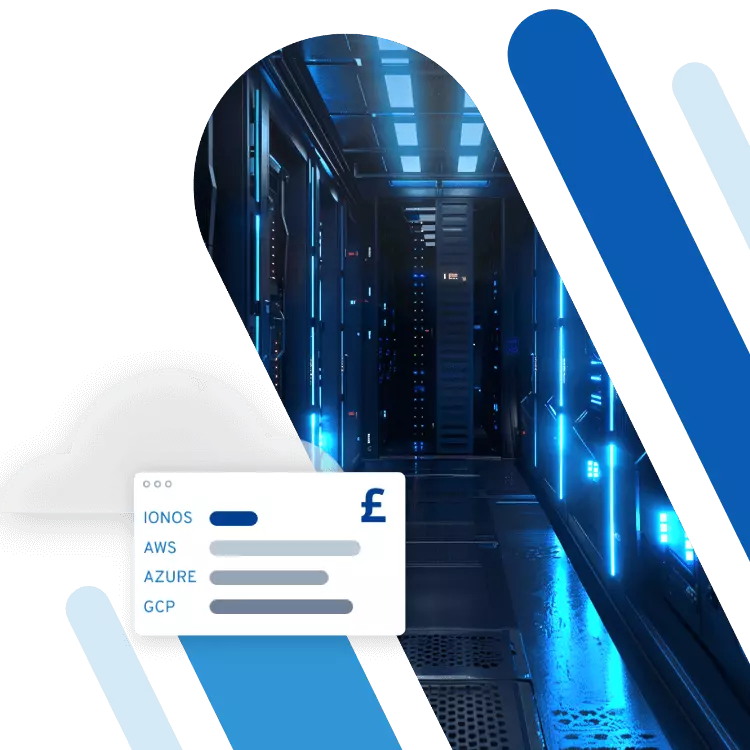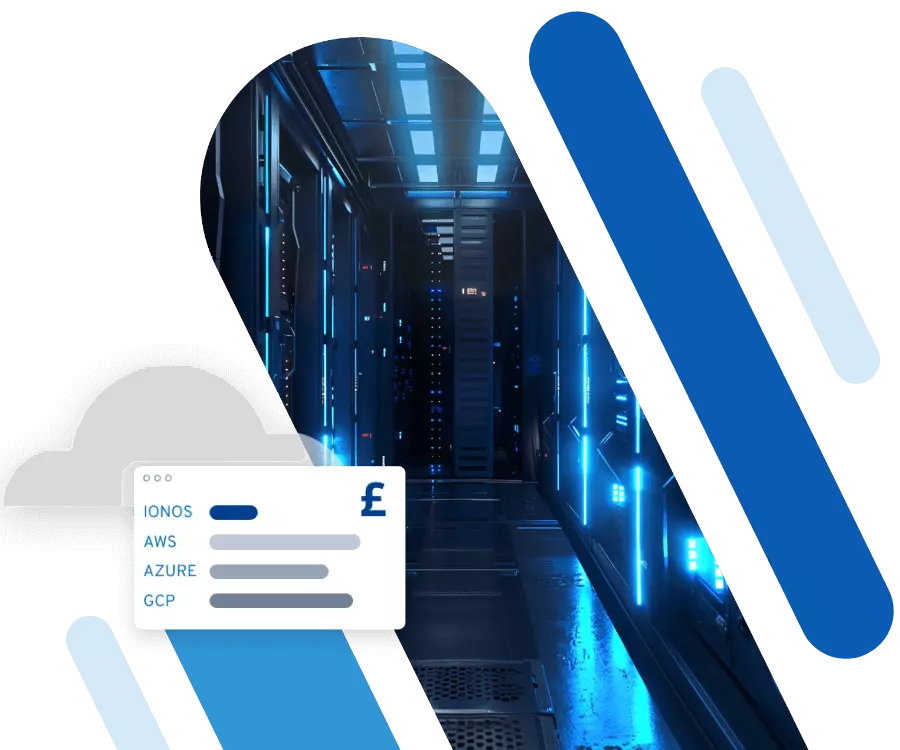How to access your Nextcloud files using WebDAV
With WebDAV, Nextcloud provides a seamless way to integrate cloud files directly into your operating system - without the need for the web interface. You can access files via both official clients and third-party tools. Depending on your operating system, you can access files through File Explorer (Windows), Finder (macOS), or File Manager (Linux).
What does Nextcloud’s WebDAV support offer?
WebDAV is an HTTP extension that allows files to be accessed and transferred over the internet. With Nextcloud’s WebDAV support, you can integrate your files directly into your local file system, even if they are stored on a web server. This simplifies file management in Nextcloud, allowing you to work with your files just as you would with those stored locally on your device. Since Nextcloud natively supports the WebDAV protocol, there’s no need to enable it manually. It’s ready to use immediately after setting up your instance.
The HTTP extension is widely supported across various operating systems - including Linux, Windows, and macOS - because it uses the standard HTTP port 80 or the HTTPS port 443 for transmission. This makes the setup process simpler compared to alternatives that require additional ports. Another advantage is its seamless integration into existing workflows and applications that support WebDAV.
Which WebDAV clients are available?
In addition to the official Nextcloud clients, there are numerous third-party WebDAV clients. The options available vary depending on the operating system and application. It is, however, recommended to use the official Nextcloud applications for synchronising with Nextcloud servers on both desktop and mobile. After configuring the clients, you can select the local directory for storing files and choose which folders should be synchronised.
If you prefer an alternative client, you can use any WebDAV-enabled client. It’s important to note that third-party apps may not be optimised for Nextcloud and WebDAV or may lack support for all features. Some popular clients include:
-
Linux: Cadaver, davfs2, Nautilus
-
Windows: Cyberduck, WinSCP
-
macOS: Cyberduck, Mountain Duck, Forklift, Transmit, Commander One
-
Mobile app: FolderSync (Android), WebDAV Navigator (iOS)
With Managed Nextcloud from IONOS, you’re choosing a powerful, hassle-free cloud solution. You keep full control over your data with no administration involved. Your data is also stored in modern data centres in Germany. This makes IONOS a top choice when it comes to data protection.
How to access Nextcloud using WebDAV
Configuring WebDAV in Nextcloud depends on your operating system. While Windows and macOS offer built-in WebDAV support, Linux often requires additional configurations or specialised clients. Below, we explain how to configure WebDAV on Windows, macOS, and Linux.
How to access Nextcloud using WebDAV on Windows
Windows natively supports WebDAV, allowing you to map Nextcloud as a network drive. This makes it easy to browse files stored on your cloud server just like you would with files stored on a network drive. You can map Nextcloud as a network drive using the command line or other methods. For example, the following command maps the drive “Z:” to your cloud:
net use Z: https://<drive_path>/remote.php/dav/files/USERNAME/ /user:youruser yourpasswordHere, replace <drive_path> with the Nextcloud WebDAV url or the Nextcloud WebDAV path to the server as shown in this example:
net use Z: https://example.com/nextcloud/remote.php/dav/files/USERNAME/ /user:youruser yourpasswordYou can also map the drive through Windows Explorer. Simply open Explorer, right-click and select Map Network Drive. Then select a local network drive for Nextcloud and enter your instance’s address with the addition of: /remote.php/dav/files/USERNAME/. For example: https://example.com/nextcloud/remote.php/dav/files/USERNAME/.
While Windows natively supports WebDAV, this can present challenges for many Nextcloud installations, mainly due to limited support for modern TLS versions and slower transfer speeds.
How to access Nextcloud using WebDAV on macOS
If you’re using macOS, you can integrate WebDAV through Finder, or other methods. Here’s how:
-
Open Finder and go to Go in the top menu bar. Then, select the option Connect to Server… from the dropdown menu.
-
Enter your server’s WebDAV address in the Server Address field. For example:
https://cloud.YOURDOMAIN.com/remote.php/dav/files/USERNAME/. -
Click Connect to make the WebDAV server appear on your desktop as a shared drive.
Due to some programming errors, macOS Finder should only be used if the server runs with an Apache web server (with mod_php) or NGINX 1.3.8+. If not, it’s better to use one of the other clients.
How to access Nextcloud using WebDAV on Linux
For Linux users, there are several options. One option is using the Nautilus file manager, which automatically provides WebDAV access when configuring Nextcloud via the GNOME Control Center. Alternatively, you can manually mount Nextcloud files using the davs protocol (davs://example.com/nextcloud/remote.php/dav/files/USERNAME/).
To access Nextcloud files with the Dolphin file manager in KDE, use the webdav protocol (webdav://example.com/nextcloud/remote.php/dav/files/USERNAME/). This allows you to create a permanent link to your server by adding a network folder n the file manager.
You can also mount WebDAV storage using the Linux command line. This option is suitable if you want to use Nextcloud just like any other file system.
- Keep your data safe with industry-leading security
- Save time on updates and maintenance
- Easily add apps and online office tools
What are some known access issues and how can I solve them?
Various issues may arise when accessing Nextcloud using WebDAV. Below are some common errors and their solutions:
Resource temporarily unavailable (Linux)
If creating a file in the directory fails, extend /etc/davfs2/davfs2.conf by adding use_locks0.
A certificate warning (Linux)
Using a self-signed certificate may trigger a warning. To prevent this, configure davfs2 to recognise the certificate:
-
Copy
mycertificate.pemto/etc/davfs2/certs/. -
Edit
etc/davfs2/davfs2.confand add the certificate path in theservercertline:servercert /etc/davfs2/certs/mycertificate.pem.
No connection via HTTPS (Windows)
Windows WebDAV clients may have trouble handling Server Name Indication (SNI) in encrypted connections. If issues occur when integrating an SSL-secured Nextcloud instance, check if your server has a dedicated IP address for SSL certificates. If not, contact your service provider to obtain one.
What’s more, Windows WebDAV clients might prefer older encryption protocols and fail to connect to servers that only support TLS 1.1 or higher.
- Automatic backup and easy recovery
- Intuitive scheduling and management
- AI-based threat protection

